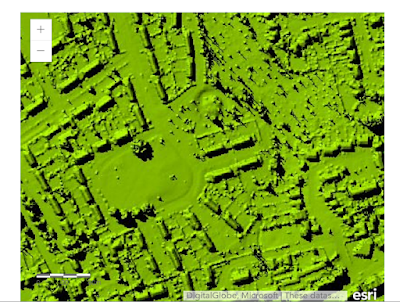What's in a name? Blake's Oak near Abingdon

"One Blake hung upon an oak in the way to Abingdon, beyond the half-way gate. This traitor betrayed three Christian kings, and would have betrayed the fourth ; upon which he was hanged, within two days after his design was discovered, upon the said oak, which is still called 'Blake's Oak.' The wood was formerly a haunt of robbers, and here St. Edward of Abingdon was once attacked by them, but his protestations of poverty being found to be true, he was allowed to proceed unharmed." A Handbook for Travellers in Berks, Bucks, and Oxfordshire , London: J. Murray, 1860 A very small copse named Blake's Oak exists on land north of Abingdon near to where a proposed large housing development will be built. It lies relatively close to the slightly bigger Sugnell Copse and is adjacent to the main Oxford to Abingdon road. The OS Six Inch map (1888-1913) shows what is still effectively the modern extent of both copses (though I wonder if both copses were once join


